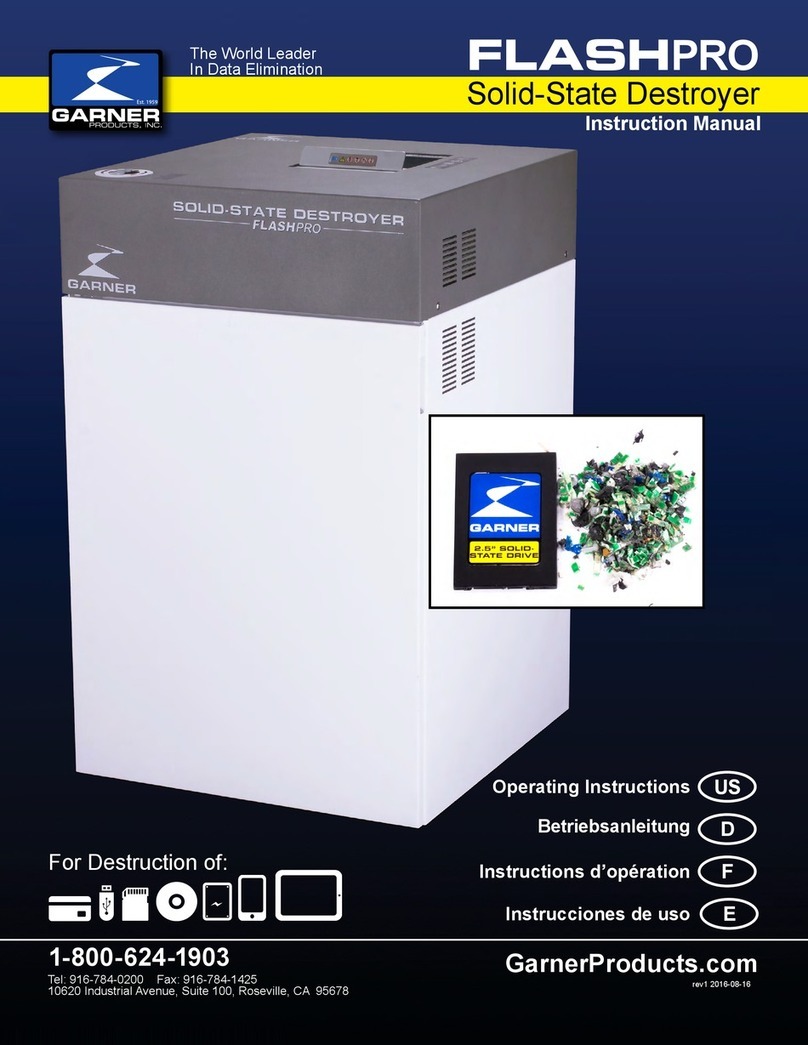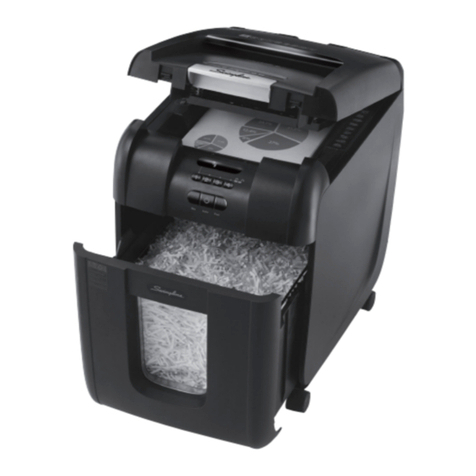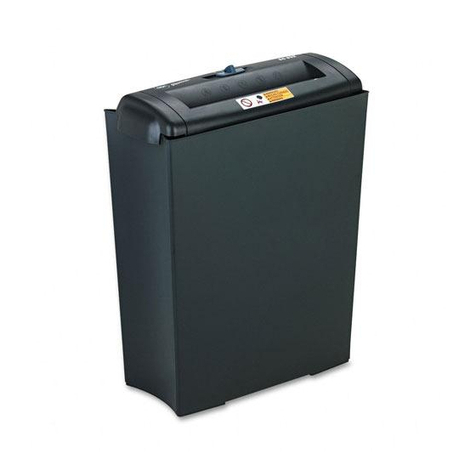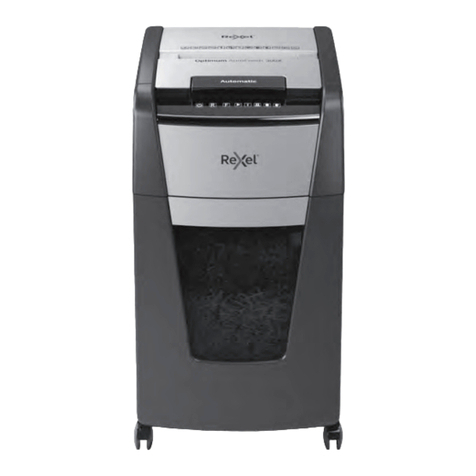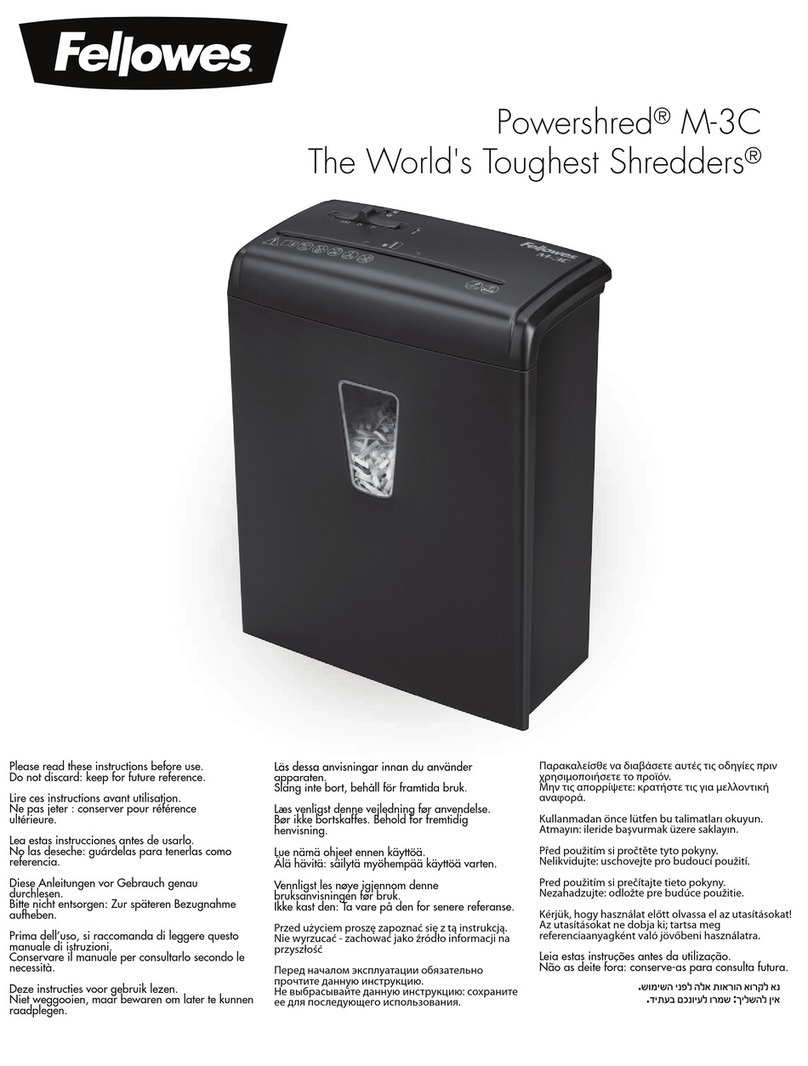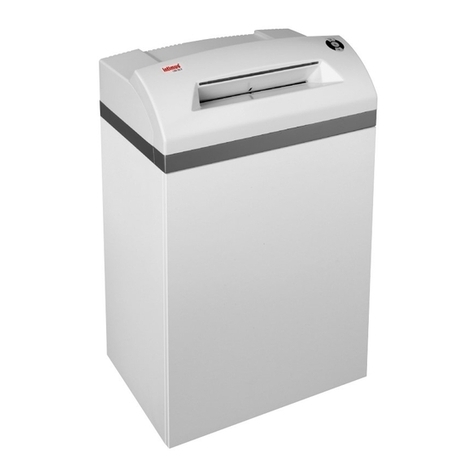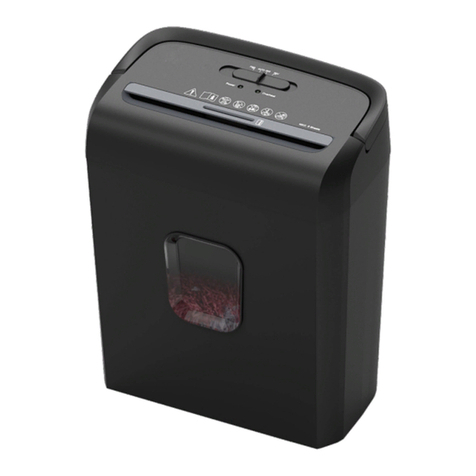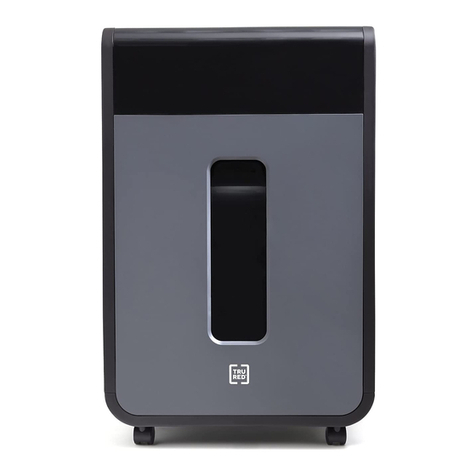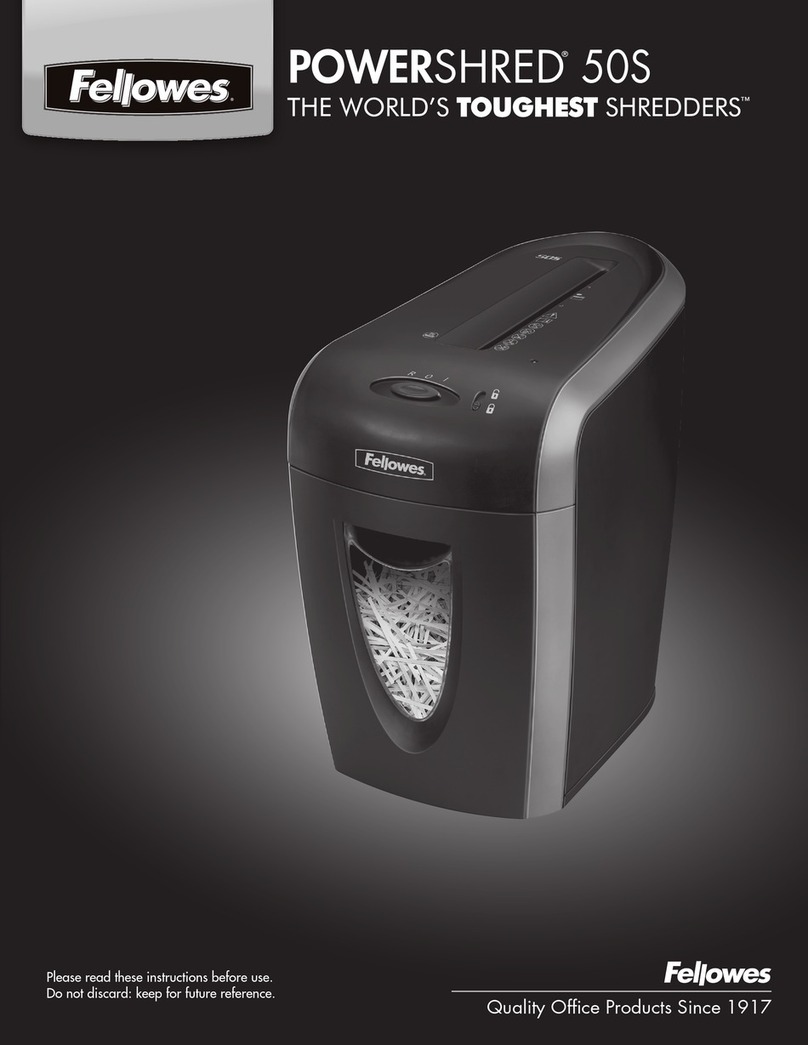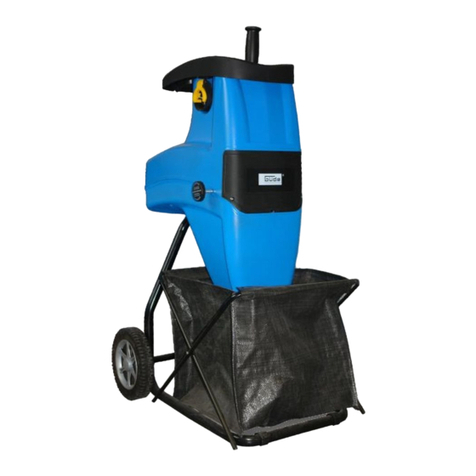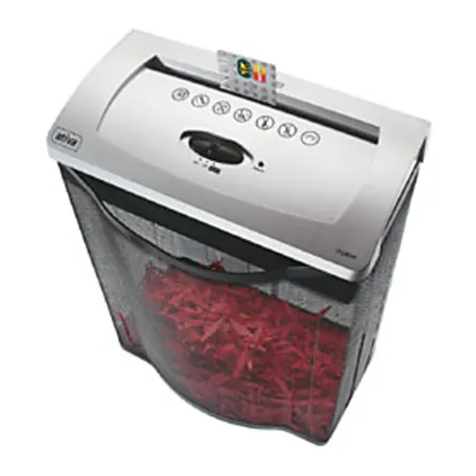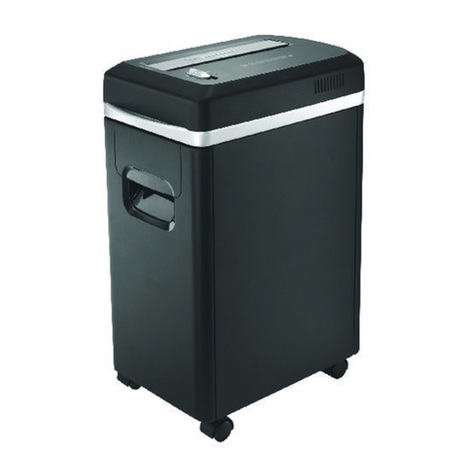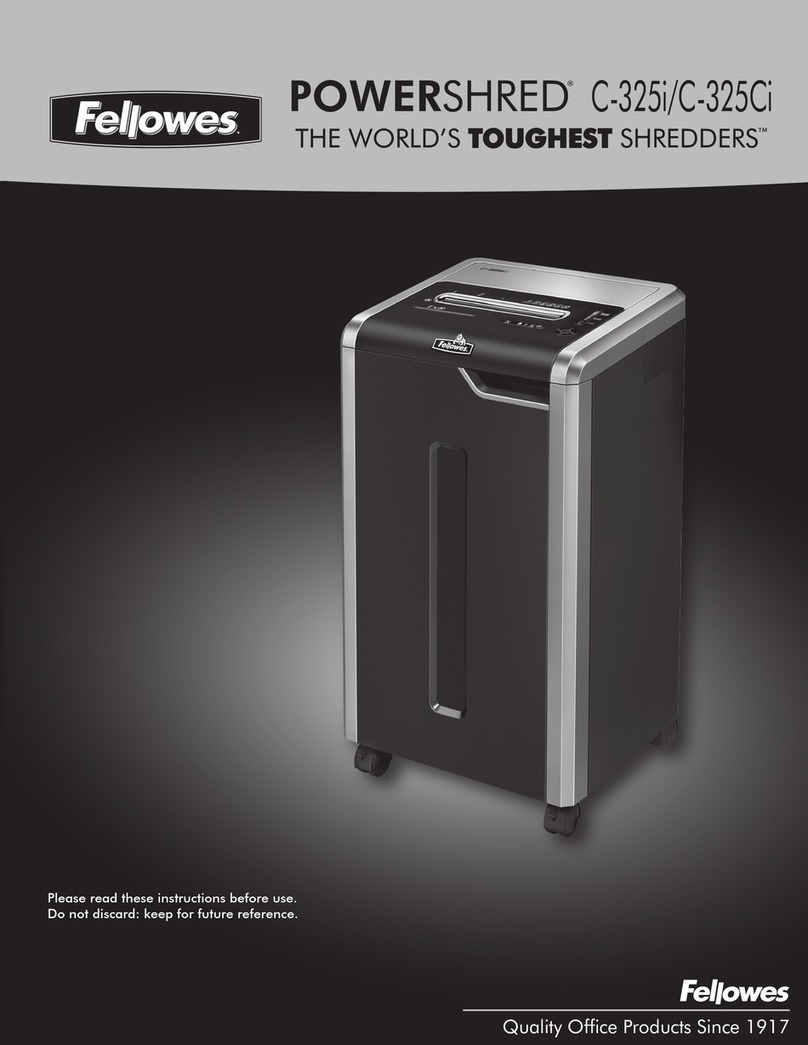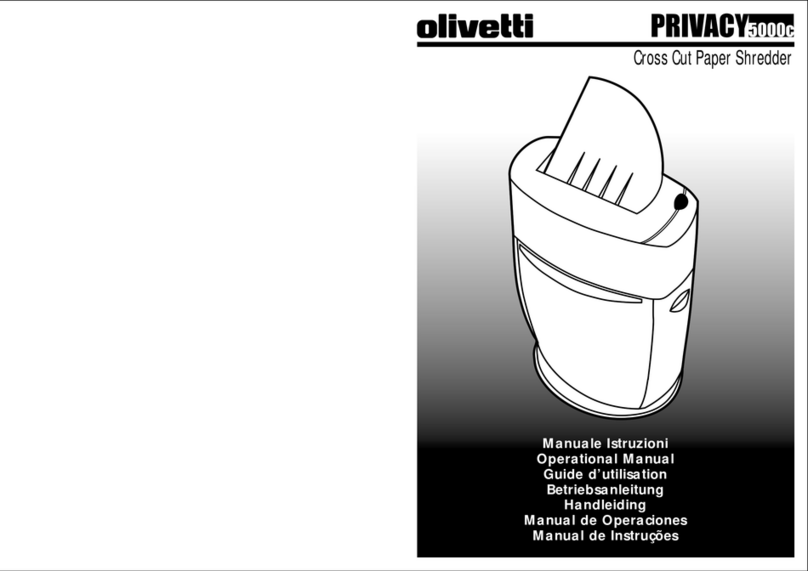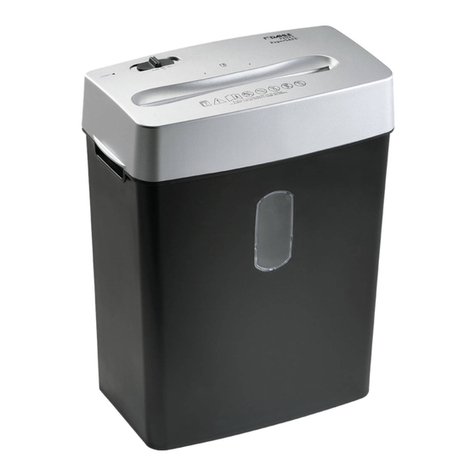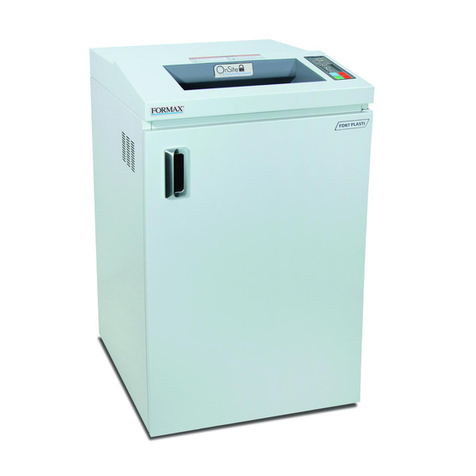
0 - CONSULTATION OF THE MANUAL 0-1
0 - 4
0.4 WHO THE MANUAL IS INTENDED FOR
The manual is intended specifically for persons in charge of the machine le who can be divided as
follows:
Driver of lifting and handling equipment:
Operator trained in the use of the equipment for lifting and handling materials and machines
(meticulously following the instructions of the manufacturer) in compliance with the laws in force in
the country where the machine is being used.
Operator/Driver:
Operator having no specific qualifications, only capable of carrying out simple jobs, that is
operating the machine using the control panel (that is feed the machine with the material to be
shredded and to collect the pellets) with the machine completely closed and the protections
installed and active.
The operator must have had basic general education a basic technical level of knowledge
sufficient to read and understand the contents of the manual, including the correct interpretation of
the drawings.
Operator/service mechanic:
Qualified technician able to drive and make the machine function in normal conditions, to calibrate
the mechanical units, to carry out maintenance and necessary repairs, NOT QUALIFIED TO
CARRY OUT WORK ON ELECTRICAL UNITS WHILE STILL POWERED.
Operator/service electrician:
Qualified technician able to drive and make the machine function in normal conditions; he can
deal with all the electrical calibration, maintenance and repair work; HE IS QUALIFIED TO WORK
ON POWERED ELECTRICAL CUBICLES AND CONNECTOR BLOCKS
The operators/service men must be chosen following the same criteria used for operators/drivers;
furthermore they must have specific and specialist technical knowledge (mechanical and electrical)
necessary to carry out the work they are expected to do according to the manual in safety.
The operators/service men must also have knowledge of the general accident prevention rules
(hygiene and safety in the work place, accident prevention) in force in the country the machine will
be working in.
IMPORTANT
It is the responsibility of the company using the machine to verify that the persons in
charge of the various tasks:
- have the above listed requirements;
- receive adequate training for their jobs, in order to carry them out in safety;
-receive specific training for the correct use of the machine.

